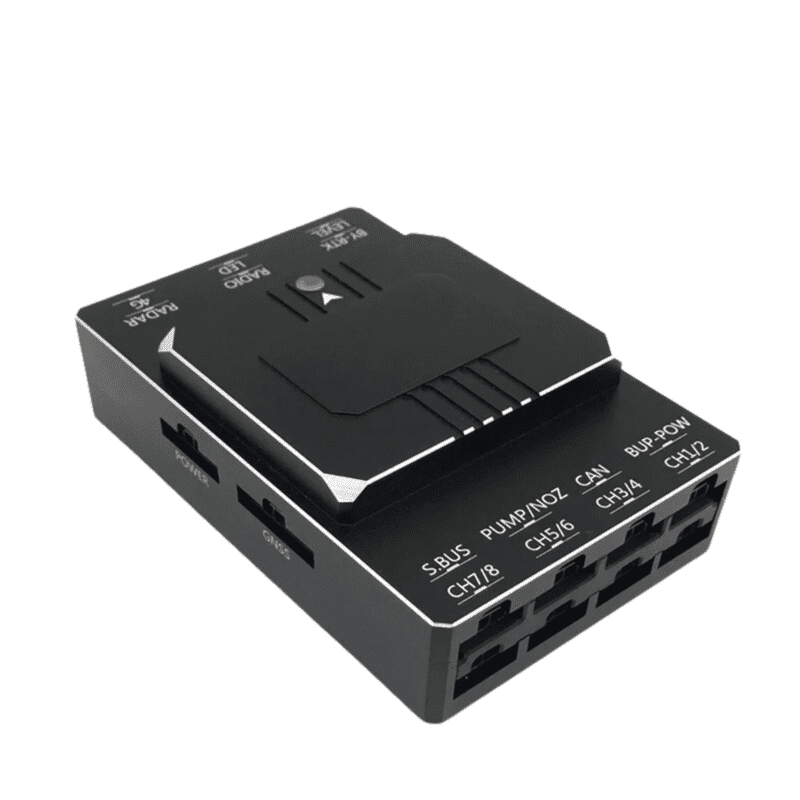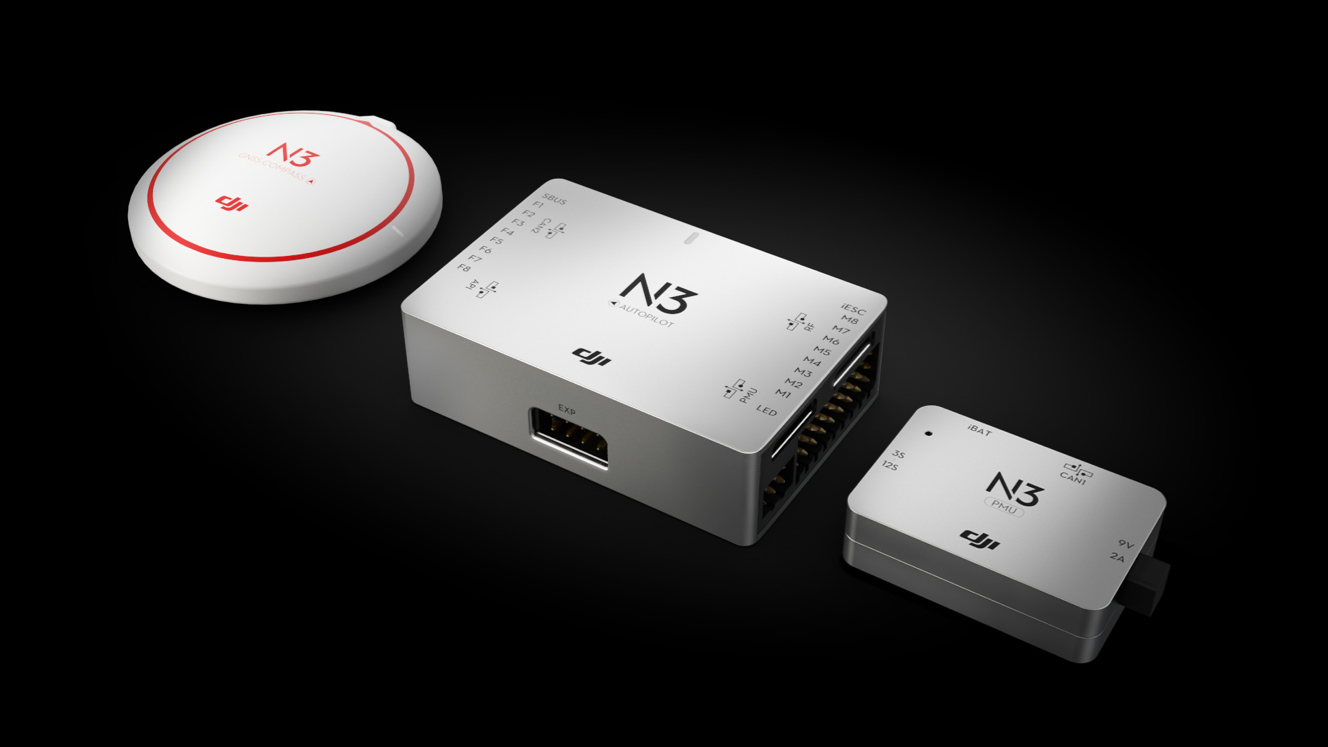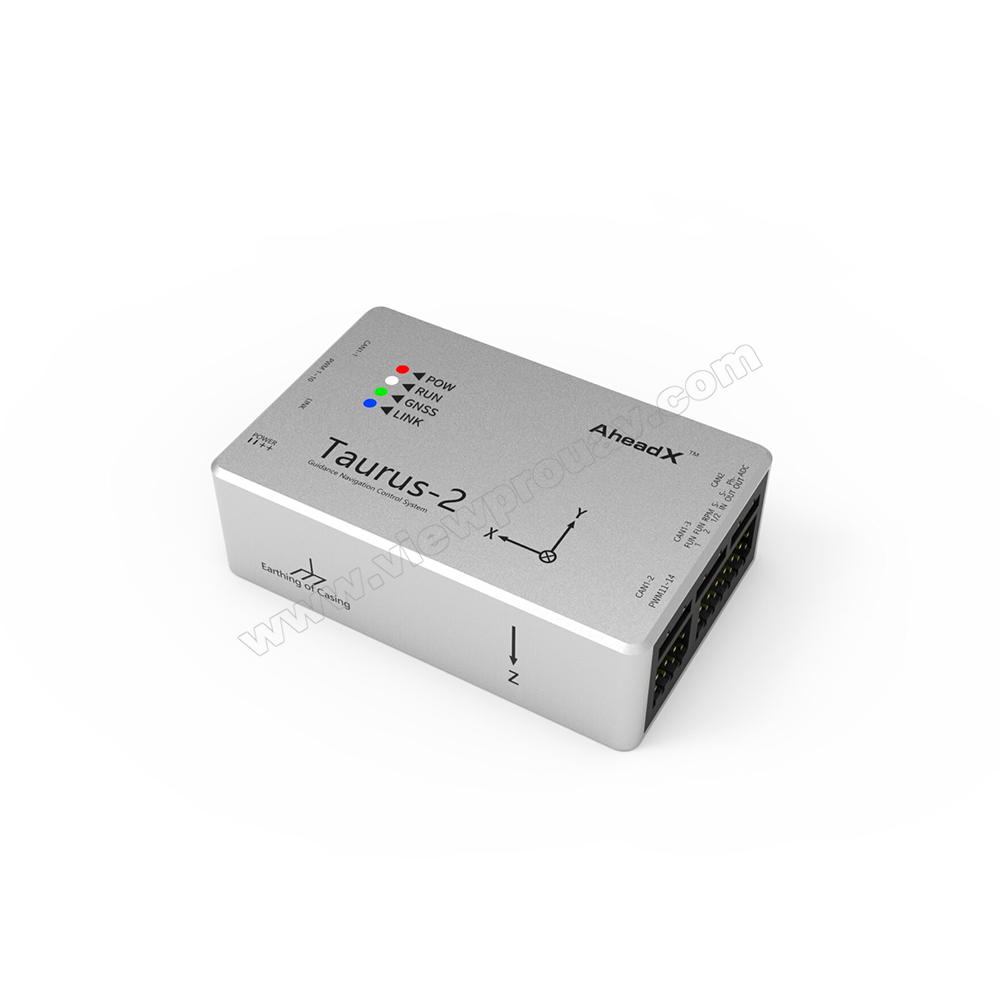Checking Out the Duty of Drone Trip Controllers in Enhancing Trip Security and Navigating Performance
The innovation of drone technology has substantially raised the value of flight controllers, which offer as the brain of these aerial automobiles. By incorporating real-time information from a selection of sensing units, flight controllers enhance trip stability and navigation performance, ensuring that drones can run efficiently also in intricate environments.

Understanding Trip Controllers
Trip controllers are integral elements in the functioning of drones, working as the brains that maintain and take care of trip procedures. These advanced devices procedure data from numerous sensing units, consisting of accelerometers, gyroscopes, and GPS, to make sure that the drone preserves its desired trip course. The flight controller analyzes this data and carries out commands based on pre-defined formulas, enabling the drone to react to environmental modifications, such as wind or obstacles.
The key function of a trip controller is to maintain security during trip. It attains this by making real-time modifications to the drone's motors and control surfaces, ensuring equilibrium and control. Additionally, modern-day flight controllers incorporate advanced functions such as waypoint navigation, enabling automated flight paths and boosted operational efficiency.
Recognizing the style of trip controllers is crucial for both professionals and hobbyists. They typically include a microcontroller, firmware, and numerous interfaces for sensing unit input and interaction. As technology advances, flight controllers have ended up being more qualified and small, integrating expert system to improve decision-making processes and adjust to complex flight scenarios. This advancement indicates a critical advancement in the drone industry, paving the way for extra sophisticated applications and much safer procedures.
Trick Components of Trip Stability
Accomplishing ideal trip security in drones depends on numerous crucial elements that operate in concert to make certain smooth and controlled procedures. Central to this security is the flight controller itself, which refines data from different sensing units to preserve the desired flight mindset. This includes accelerometers and gyroscopes that determine movement and orientation, enabling real-time changes to the drone's placement.
One more vital element is the electronic rate controllers (ESCs), which manage the power provided to the motors. By carefully tuning motor speeds in reaction to flight controller commands, ESCs aid preserve equilibrium and neutralize disturbances triggered by wind or sudden activities.
In addition, the style of the drone's frame plays a pivotal function in flight security. A well-structured framework minimizes vibrations and boosts the general aerodynamic profile, adding to smoother trip qualities. Finally, the combination of sophisticated formulas within the flight controller aids in anticipating adjustments, making certain a versatile and responsive trip experience.
Together, these components develop a cohesive system that improves a drone's stability, allowing for precise maneuvering and improved performance in various trip conditions.
Navigating Performance Techniques
Efficiency in navigation is vital for optimizing drone operations, particularly in complicated environments. Effective navigation methods enhance the capacity of drones to traverse difficult terrains and prevent barriers, therefore improving functional effectiveness and safety.
One popular strategy is the application of advanced general practitioners and inertial measurement devices (IMUs) that supply precise place tracking and positioning information. These modern technologies permit drones to compute optimum trip paths in real-time, taking right into account various factors such as wind problems and prospective obstacles.
Another technique involves the usage of formulas for path preparation and optimization. Formulas such as A * and Dijkstra's formula can be released to identify the most efficient path while lessening power intake and flight time. In addition, integrating machine learning versions can enable drones to adaptively pick up from their environments, boosting navigating capabilities through experience.

Effect On Autonomous Drones
The combination of innovative navigating methods has actually greatly transformed the capabilities of autonomous drones, enabling them to run with greater freedom and accuracy. SparkNavi drone flight controller and GNSS/INS made in taiwan. These improvements are primarily credited to sophisticated trip controllers that use real-time information processing and sensing unit blend, allowing drones to browse complex atmospheres seamlessly
The influence on self-governing drones expands past mere navigation; it incorporates boosted obstacle evasion, enhanced security throughout vibrant problems, and boosted goal dependability. By other leveraging formulas that integrate maker learning and fabricated knowledge, drones can adapt to changing circumstances, making notified decisions that enhance their flight courses while reducing dangers.
In addition, the implementation of robust trip controllers has facilitated the implementation of complicated tasks, such as airborne examinations, delivery services, and agricultural surveillance, with marginal human intervention. This ability not only enhances operations but likewise decreases human error, consequently improving general safety.
As an outcome, the operational range of independent drones has increased substantially, making them essential devices in different sectors. Their capacity to carry out successfully in diverse scenarios highlights the essential function that progressed trip controllers play fit the future of unmanned airborne systems.
Future Trends in Flight Control
Often, improvements in trip control technology are poised to redefine the landscape of drone operations in the coming years. Arising patterns show a significant change in the direction of boosted synthetic knowledge (AI) combination, allowing trip controllers to refine real-time information more successfully. This advancement will certainly help with improved decision-making capacities, permitting drones to adjust to vibrant environmental problems autonomously.
Furthermore, the application of artificial intelligence algorithms is expected to enhance anticipating maintenance, therefore reducing downtime and expanding the lifecycle of drone components. This positive strategy to upkeep will certainly be vital as drone applications increase across various sectors, from farming to logistics.

.png)
Finally, improvements in protected communication methods will certainly resolve safety and security and regulative issues, guaranteeing that drones can run flawlessly in congested airspaces (SparkNavi drone flight controller and GNSS/INS made in taiwan). Collectively, these patterns aim in the direction of a future where flight control systems are not just smarter and more likewise qualified but effective of operating safely in a progressively integrated airspace
Conclusion
To conclude, drone flight controllers are essential to enhancing flight security and navigating performance with the advanced handling of sensor data. By preserving optimal flight mindsets and using advanced formulas for path optimization and barrier avoidance, these controllers significantly add to the freedom and click for more operational security of drones. As technology remains to evolve, better advancements in flight control systems are expected, assuring improved performance and increased capacities in the world of unmanned aerial lorries.
By integrating real-time data from a variety of sensing units, trip controllers boost flight stability and navigating effectiveness, ensuring that drones can operate smoothly also in intricate environments.Flight controllers are essential parts in the performance of drones, serving as the minds that stabilize and take care of flight procedures. In addition, contemporary trip controllers include i thought about this innovative attributes such as waypoint navigating, permitting for automated trip courses and enhanced functional performance.
Central to this stability is the flight controller itself, which refines information from different sensing units to maintain the wanted trip mindset.In final thought, drone trip controllers are essential to enhancing flight security and navigation efficiency via the advanced handling of sensing unit information.